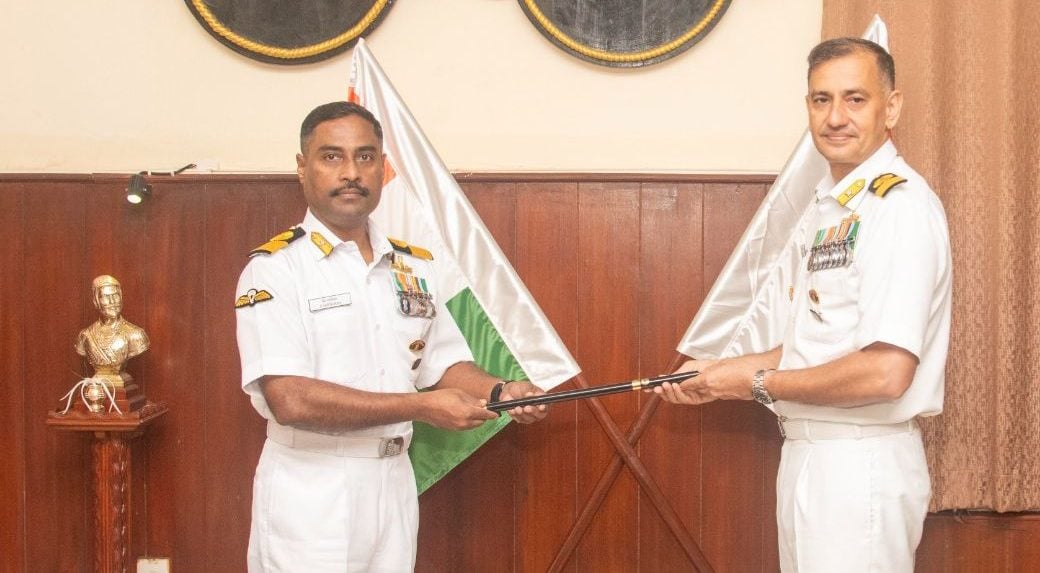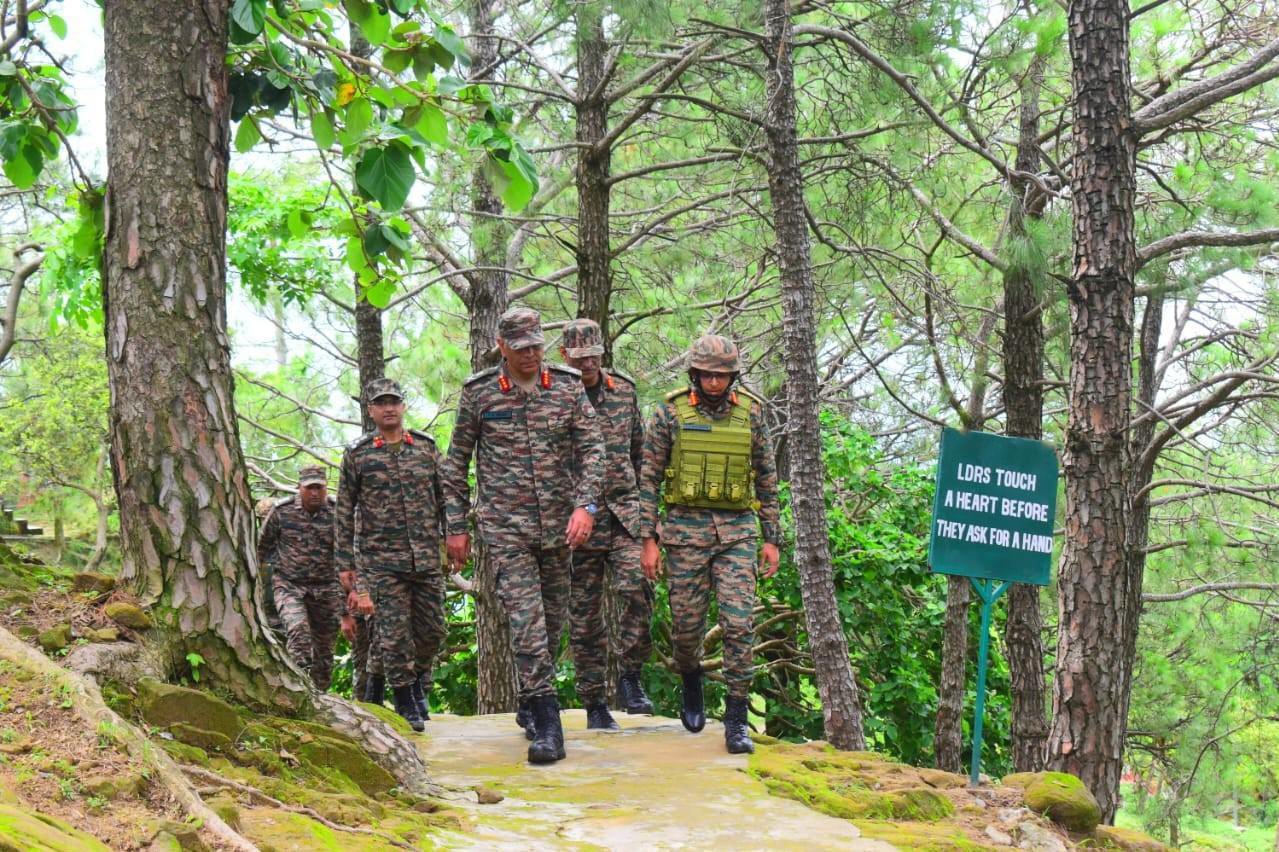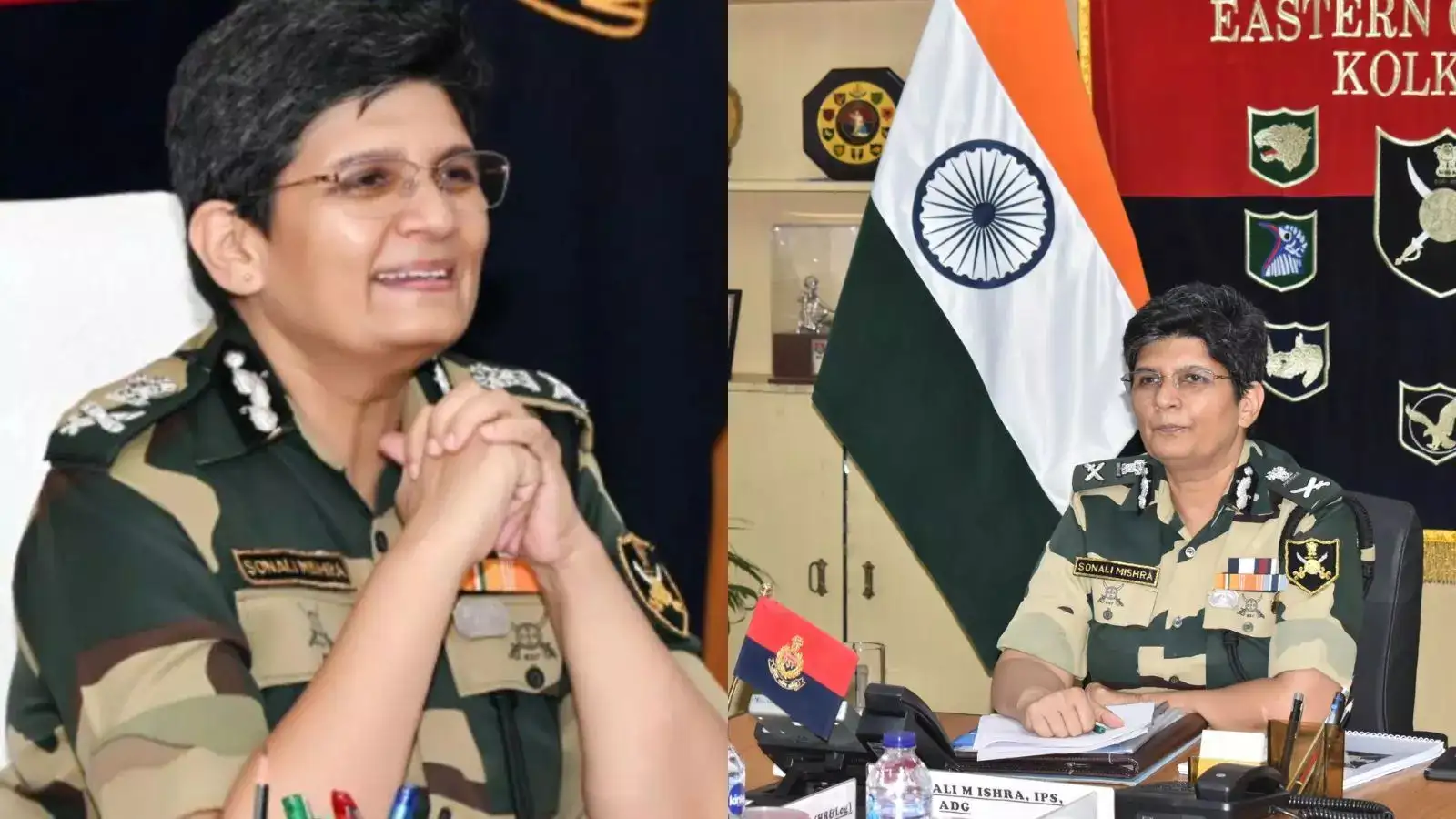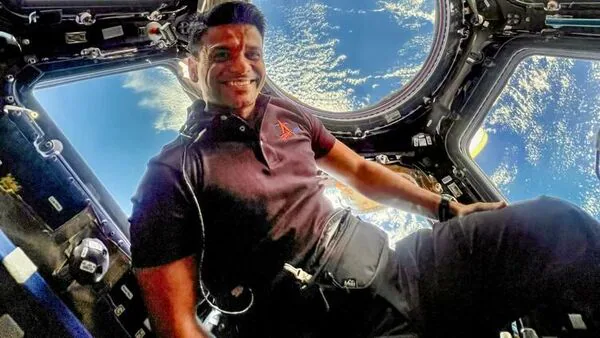Commodore S Parthiban Takes Command at INS Shivaji
: In a formal ceremony steeped in naval tradition, Commodore S Parthiban assumed charge as the new Commanding Officer of…
Indian Army’s Havildar Arun Kumar Wins Gold at Senior Asian Judo Championship 2025
In a proud moment for the Indian Army and the nation, Havildar Arun Kumar of the Rajputana Rifles, currently serving…
Lt Gen PK Mishra Reviews Operational Preparedness Along LoC in J&K
Lieutenant General P. K. Mishra, General Officer Commanding of the Indian Army’s White Knight Corps (XVI Corps), conducted a comprehensive…
Meet IPS Sonali Mishra: First Woman to Be Appointed as Director General of the Railway Protection Force
India achieved a historic milestone as IPS officer Sonali Mishra was appointed Director General (DG) of the Railway Protection Force…
India Testing a Missile That Flies at Eight Times the Speed of Sound, Hits Targets 1,500 km Away
As per Economic Times: India has reportedly tested a new hypersonic missile that can travel at eight times the speed…
Group Captain Shubhanshu Shukla and Axiom-4 Crew Begin Journey Back to Earth After 18 Days in Space
Indian astronaut Shubhanshu Shukla and his fellow crewmates from the Axiom-4 mission have begun their return journey to Earth after…






